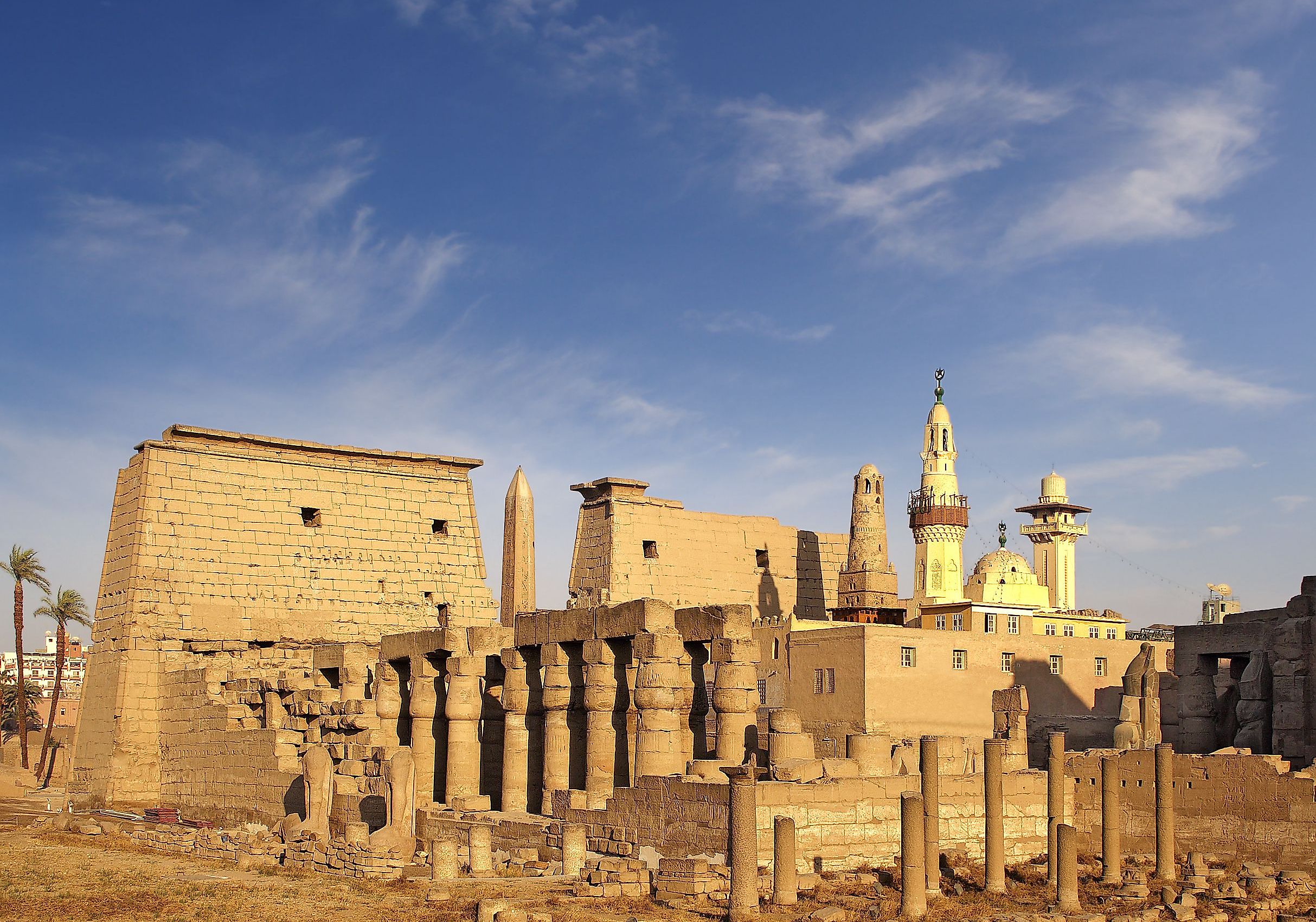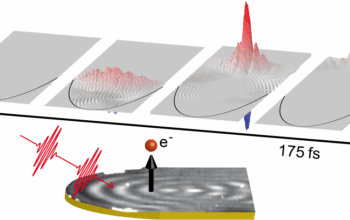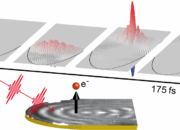Throughout history, cosmetics have not only served aesthetics but have also invoked complex interdisciplinary inquiries, encompassing sociology, chemistry, and physics. A particularly fascinating intersection lies in the analysis of ancient makeup through the lens of modern physics, with an emphasis on the crystallography of the minerals utilized. This exploration encompasses a myriad of aspects, from the historical significance of cosmetics in ancient cultures to the molecular characteristics of the minerals that make up these substances. Ultimately, one may uncover profound implications regarding the interplay between natural resources and their transformative roles in human expression.
Cosmetics in ancient societies were more than mere adornments; they were imbued with cultural and spiritual significance. The use of kohl in ancient Egypt is a prime example. Ground minerals, including galena and malachite, served dual purposes: as eye makeup and as protective agents against the harsh sun and detrimental infections. The implications of such practices reach beyond aesthetics, manifesting as a means of social stratification and cultural identity. The act of beautification was often intertwined with ritualistic elements, as seen in the application of red ochre, which symbolized life and fertility. Thus, analyzing ancient cosmetics opens a window into the sociocultural tapestry of the era.
Transitioning from the cultural implications of cosmetics, one discovers the fascinating science behind the materials themselves. The primary components of ancient makeup were mineral-based, arising from naturally occurring formations. The crystallographic properties of these minerals merit significant attention. Crystals, by their very nature, are structured arrangements of molecules that exhibit unique optical, mechanical, and thermal properties. For instance, the hexagonal crystals of malachite create a striking optical illusion due to their ability to reflect and refract light in specific ways. Such phenomena are not merely aesthetic; they have implications for the skin’s interaction with light, potentially enhancing luminosity and creating complex interactions with pigmentation.
Modern physics facilitates a deeper understanding of the mechanisms at play. The principles of photon interaction with crystal lattices provide insights into how light interacts with particles of powdered minerals commonly found in ancient cosmetics. When light encounters a crystal, several outcomes are possible, including reflection, refraction, and absorption. Research in photonics explores how these interactions influence the visual properties of materials, leading to unprecedented advancements in cosmetic formulation in contemporary society.
Moreover, the role of particle size and distribution in ancient cosmetic compounds presents significant implications for efficacy and appearance. The physical characteristics of powdered minerals can determine their behavior on the skin. When dispersed in a base, the size of mineral particles affects both the texture and coverage offered by the makeup. The physics of fine versus coarse particle sizes elucidates why certain formulations achieve a more even application, enhancing the understanding of historical preferences for various formulations over time.
Beyond mere application, the interactions between different mineral ingredients yield complex reactions that reveal deeper chemical processes. For instance, the combination of various colorants could have led to synergies that enhanced stability, enhancing both longevity and effectiveness. The principles of thermodynamics and kinetics emerge as important players in understanding these ancient chemistries. Evaluating thermal stability and molecular interactions among wear, degradation, and chemical resilience of these compounds provides critical insight into their historical use and relevance.
Crystallography in cosmetic ingredients also holds implications for the safety and toxicity of ancient formulations. Mineral-based cosmetics often contained compounds deemed hazardous by modern safety standards, like lead ores. Investigating the toxicological ramifications of these minerals necessitates a rigorous inquiry into the effects of prolonged exposure to harmful substances. Through the lenses of modern physics and materials science, researchers can elucidate the mechanisms by which these substances interact with biological systems, thereby drawing correlations to contemporary health standards and cosmetic safety evaluations.
Furthermore, the revival of interest in mineral-based cosmetics reflects a burgeoning trend towards natural products. Current scientific methodologies, underpinned by principles of physics and chemistry, enable the synthesis and refinement of mineral makeup tailored to contemporary standards. This evolution exemplifies the significance of empirical research in optimizing formulations, wherein crystal chemistry and particle engineering play vital roles in ideating cosmetic solutions that are both aesthetically pleasing and safe for consumer use.
The intersection of ancient makeup and modern physics unveils a rich dialogue across disciplines. By reframing historical cosmetic practices through scientific inquiry, one achieves a clearer understanding of the materials used and their broader implications within society. Ultimately, the crystallography of minerals in ancient cosmetics resonates with modern pursuits for clean, effective beauty products while evoking reflections on human history’s complex engagement with aesthetics and self-expression. The convergence of traditional knowledge and contemporary scientific advancements serves not only to honor the past but also to shape the future of the cosmetics industry in an increasingly conscientious world.








